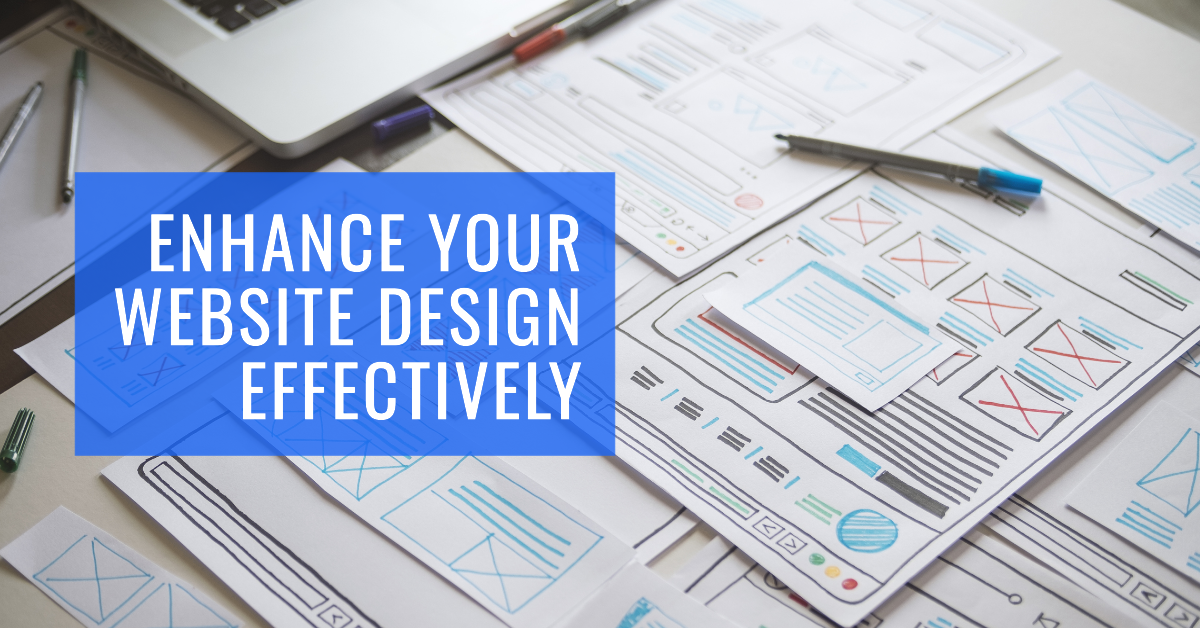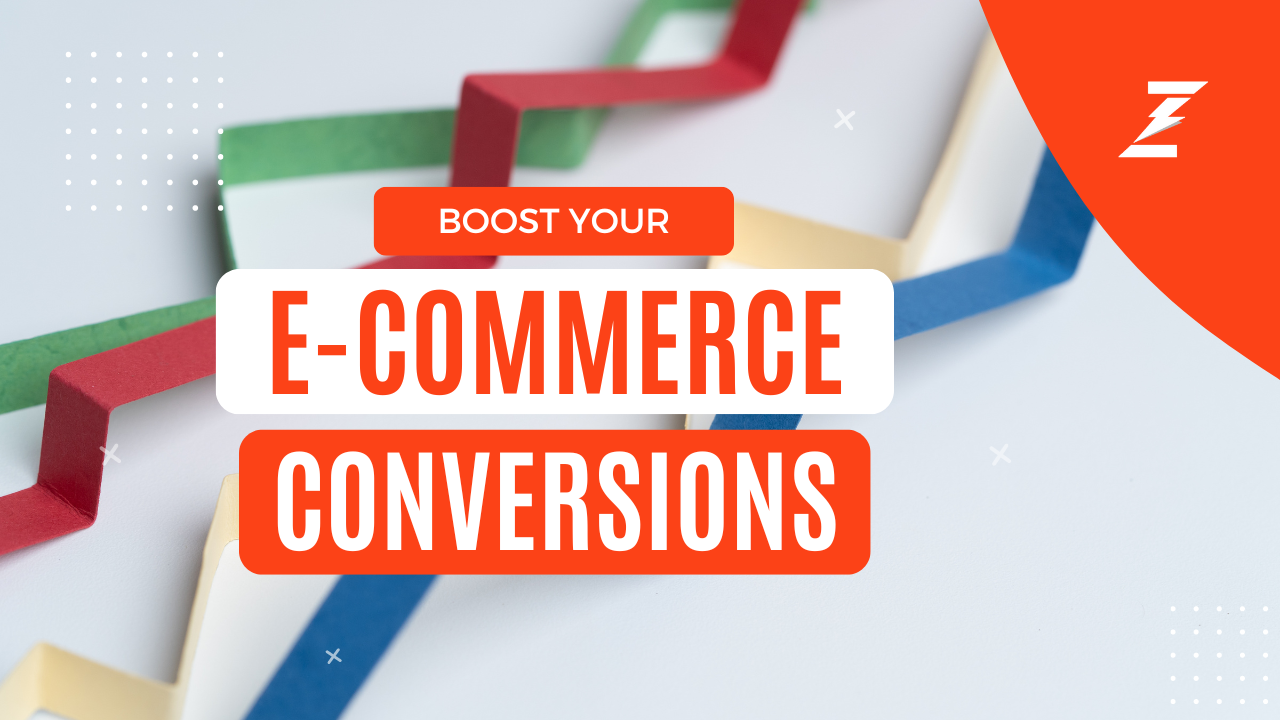
In today’s digital age, having an effective website design is paramount for businesses and individuals alike. A well-designed website not only attracts visitors but also keeps them engaged, leading to higher conversions and improved brand perception. In this article, we’ll delve into the key principles of effective website design and explore how it impacts user experience and engagement.
1. Introduction to Effective Website Design
Importance of Website Design
Website design goes beyond aesthetics; it is about creating a seamless experience for users that reflects your brand identity and values. A visually appealing and user-friendly website can significantly impact how visitors perceive your business.
Impact on User Experience and Engagement
User experience (UX) plays a crucial role in determining the success of a website. A well-designed site ensures easy navigation, fast loading times, and intuitive interactions, leading to increased user engagement and satisfaction.
2. Key Principles of Effective Website Design
Responsiveness
With the proliferation of mobile devices, it’s essential for websites to be responsive and adaptable to various screen sizes. A responsive design ensures that users have a consistent experience across all devices, improving accessibility and usability.
Intuitive Navigation
Clear and intuitive navigation is key to helping users find what they’re looking for quickly and easily. A well-structured navigation menu and logical page hierarchy enhance the user experience and encourage exploration of the site.
Visual Appeal
Visual elements such as color schemes, imagery, and typography play a vital role in capturing users’ attention and conveying your brand message. A visually appealing design not only attracts visitors but also creates a memorable impression.
Content Hierarchy
Organizing content effectively helps users digest information more easily. By prioritizing important content and using visual cues such as headings and bullet points, you can guide users through the site and highlight key messages.
3. The Role of User Experience (UX) in Effective Website Design
Understanding User Behavior
To create a successful website, it’s essential to understand your target audience’s needs, preferences, and behavior. Conducting user research and gathering feedback can provide valuable insights into how to design a site that meets users’ expectations.
Incorporating User Feedback
Listening to user feedback and incorporating it into the design process is crucial for continuous improvement. Whether through surveys, usability testing, or analytics, soliciting feedback helps identify pain points and areas for optimization.
Optimizing for Mobile Devices
With more users accessing the web on mobile devices, optimizing for mobile responsiveness is no longer optional—it’s a necessity. Mobile-friendly design ensures that users can access your site seamlessly on smartphones and tablets, enhancing their overall experience.
4. Importance of Visual Elements in Effective Website Design
Use of Images and Videos
Visual content can significantly enhance the appeal and engagement of a website. High-quality images, videos, and graphics not only make the site visually appealing but also help convey information more effectively.
Color Schemes and Branding
Choosing the right color scheme is crucial for creating a cohesive and memorable brand identity. Consistent use of colors that align with your brand values and personality helps reinforce brand recognition and build trust with visitors.
Typography and Readability
The typography used on a website impacts readability and user experience. Selecting appropriate fonts and font sizes that are easy to read on various devices ensures that users can consume content comfortably without straining their eyes.
5. Optimizing Website Speed and Performance
Importance of Fast Loading Times
In today’s fast-paced world, users expect websites to load quickly. Slow loading times not only frustrate users but also have a negative impact on search engine rankings. Optimizing website speed is essential for retaining visitors and improving conversion rates.
Minimizing Plugins and Scripts
Excessive use of plugins and scripts can bog down a website and increase loading times. Minimizing the use of unnecessary plugins and optimizing scripts helps streamline the site’s performance and improve overall user experience.
Image Optimization Techniques
Large images can significantly slow down a website’s loading times. By optimizing images for the web—such as compressing files, using appropriate file formats, and implementing lazy loading—you can reduce page load times without sacrificing image quality.
6. Accessibility in Effective Website Design
Designing for All Users
An inclusive website design ensures that people of all abilities can access and navigate the site effectively. This includes incorporating features such as alt text for images, keyboard navigation, and compatibility with screen readers.
Importance of Accessible Features
Accessible features not only benefit users with disabilities but also improve usability for all visitors. By making your website more accessible, you demonstrate a commitment to inclusivity and enhance the overall user experience.
Compliance with Accessibility Standards
Adhering to accessibility standards such as the Web Content Accessibility Guidelines (WCAG) ensures that your website meets minimum requirements for accessibility. Compliance with these standards not only improves usability but also helps prevent legal issues related to accessibility.
7. Creating Engaging and Relevant Content
Importance of Quality Content
Content is king when it comes to engaging visitors and driving conversions. Providing valuable, informative, and relevant content keeps users coming back for more and encourages them to explore further.
Using Multimedia Elements Effectively
Incorporating multimedia elements such as videos, infographics, and interactive features can enhance the richness of your content and captivate your audience. However, it’s essential to use these elements judiciously and ensure they complement your message.
Personalization and Targeted Messaging
Tailoring content to the needs and interests of your target audience helps create a more personalized experience. By segmenting your audience and delivering targeted messaging, you can increase engagement and conversion rates.
8. SEO Best Practices for Effective Website Design
Optimizing Site Structure
A well-organized site structure improves both user experience and search engine visibility. By organizing content into logical categories and using descriptive URLs, you make it easier for users and search engines to navigate your site.
Keyword Research and Implementation
Keyword research is essential for understanding what terms users are searching for and optimizing your content accordingly. Incorporating relevant keywords into your website copy, headings, and metadata helps improve your site’s visibility in search engine results.
Meta Tags and Descriptions
Meta tags such as title tags and meta descriptions play a crucial role in SEO. Writing compelling and relevant meta tags not only improves click-through rates but also helps search engines understand the content of your pages.
9. Testing and Iteration in Effective Website Design
A/B Testing for Optimization
A/B testing allows you to compare two versions of a web page to determine which performs better in terms of user engagement and conversion rates. By testing elements such as layout, calls-to-action, and messaging, you can iteratively improve your website design.
Continuous Improvement Based on Analytics
Analyzing website analytics provides valuable insights into user behavior and preferences. By monitoring metrics such as bounce rate, time on page, and conversion rate, you can identify areas for improvement and make data-driven decisions to optimize your site.
Keeping Up with Industry Trends
The field of website design is constantly evolving, with new technologies and trends emerging regularly. Staying informed about industry trends and best practices allows you to adapt your website design strategy to meet the changing needs of users and remain competitive.
10. Conclusion
In conclusion, effective website design is essential for creating a positive user experience, driving engagement, and achieving business objectives. By adhering to key principles such as responsiveness, intuitive navigation, and visual appeal, you can create a website that resonates with your audience and delivers measurable results.
FAQs
1. What is responsive web design?
Responsive web design is an approach to web design that ensures a website’s layout and content adapt to the size of the screen it is being viewed on, providing an optimal viewing experience across all devices.
2. How can I improve my website’s loading speed?
You can improve your website’s loading speed by optimizing images, minifying CSS and JavaScript files, enabling browser caching, and using a content delivery network (CDN) to deliver content more efficiently.
3. Why is accessibility important in website design?
Accessibility is important in website design because it ensures that people of all abilities can access and use the site effectively. By making your website more accessible, you can reach a broader audience and provide a better user experience for everyone.
4. How often should I update my website?
It’s a good idea to update your website regularly to keep content fresh and relevant. This could include adding new products or services, publishing blog posts, or making design improvements based on user feedback.
5. What role does SEO play in website design?
SEO (search engine optimization) plays a crucial role in website design by helping to improve a site’s visibility in search engine results. By incorporating SEO best practices such as keyword research, optimizing meta tags, and creating high-quality content, you can attract more organic traffic to your site.
Ready to take your website to the next level? Let’s craft a captivating online presence that engages your audience and drives results. Contact us today to discuss how we can elevate your website design and enhance your digital presence.




